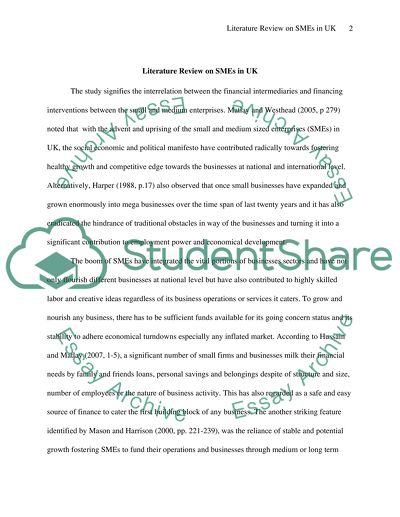Cite this document
(“To identify and analysis the financing problem within small and medium Dissertation”, n.d.)
Retrieved from https://studentshare.org/family-consumer-science/1428912-to-identify-and-analysis-the-financing-problem
Retrieved from https://studentshare.org/family-consumer-science/1428912-to-identify-and-analysis-the-financing-problem
(To Identify and Analysis the Financing Problem Within Small and Medium Dissertation)
https://studentshare.org/family-consumer-science/1428912-to-identify-and-analysis-the-financing-problem.
https://studentshare.org/family-consumer-science/1428912-to-identify-and-analysis-the-financing-problem.
“To Identify and Analysis the Financing Problem Within Small and Medium Dissertation”, n.d. https://studentshare.org/family-consumer-science/1428912-to-identify-and-analysis-the-financing-problem.


